
All about the fell ponies on our reserves
Wilder Grazing Ranger Volunteer Trainee, Ellie Edmondson, talks about the fell ponies on our reserves and what makes them great conservation grazers.
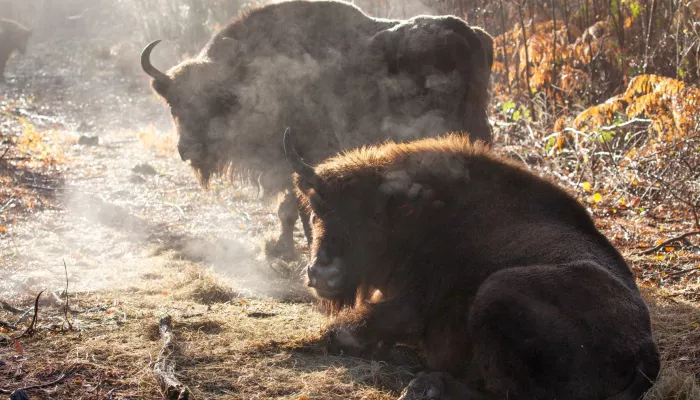

Photo by Robert Canis. Photo by Robert Canis
is quite shy and cautious but the females are helping him feel comfortable in his new home. The herd routinely eat together nose-to-nose, and the bull runs to the matriarch if he feels threatened or the younger females are picking on him. Female 1 has taken a particular shine to the bull, often following him around and checking on him if he is hanging back from the herd.

The bull bison by Donovan Wright
To download footage, photos and a press release please click here. Please reference our Just Giving page in your story.
the mother of the calf - is feisty and confident. She is a caring and protective mother and we are beginning to see sparks of her fiery spirit in her calf.
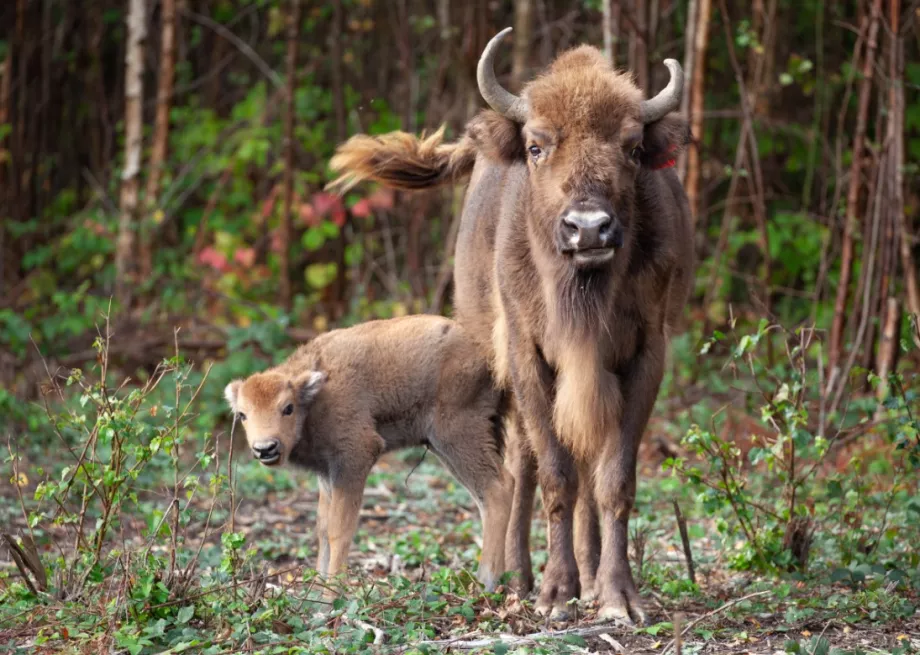
Donovan Wright. Donovan Wright
affectionately known as “one horn” by the team – is shy, inquisitive and the perfect auntie. She adores the calf and is often seen licking and playing with her.
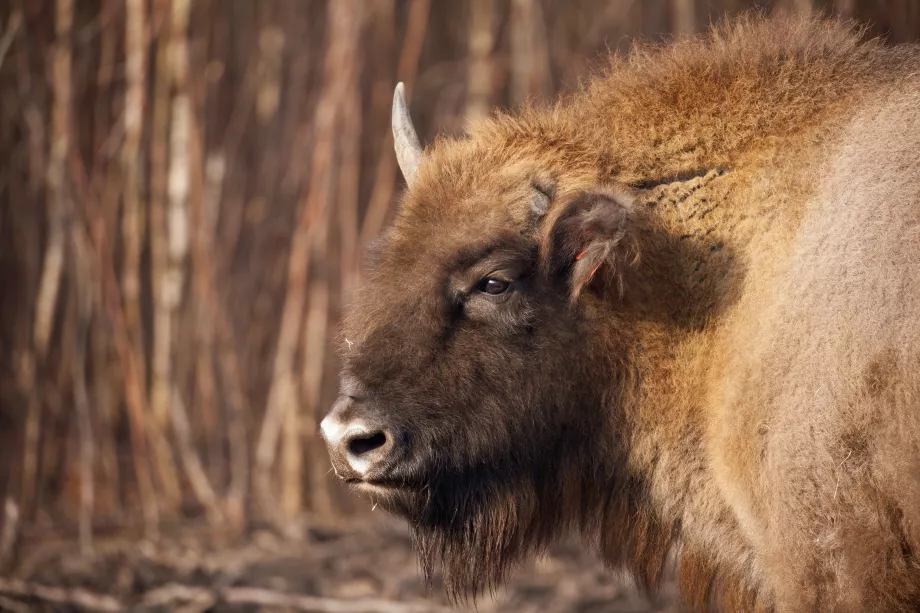
Donovan Wright. Donovan Wright
Meanwhile, the calf continues to grow on a daily basis and her mischievousness almost matches her appetite. She loves to play and bound around with her mum and auntie, with lots of naps to recharge and give mum a well-earned rest.
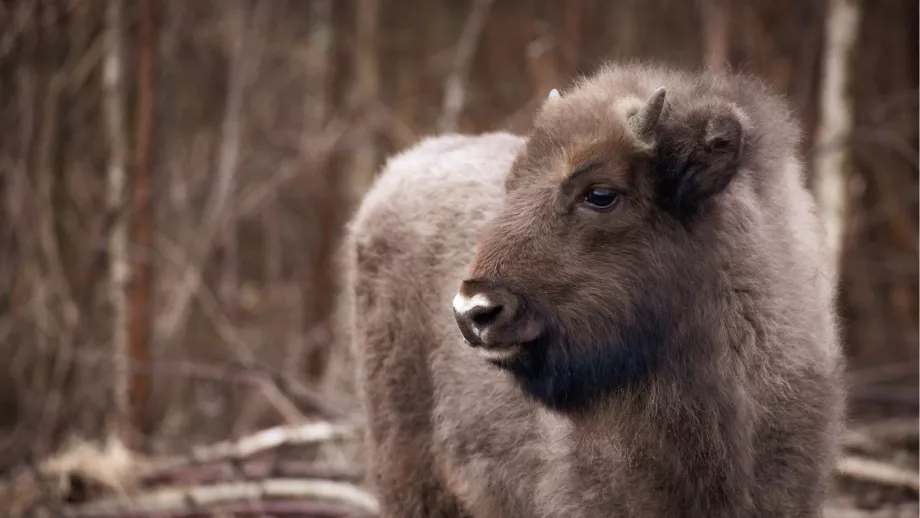
Donovan Wright
Please click here for footage, images and press release. Please include our Just Giving link within your story.

Wilder Grazing Ranger Volunteer Trainee, Ellie Edmondson, talks about the fell ponies on our reserves and what makes them great conservation grazers.
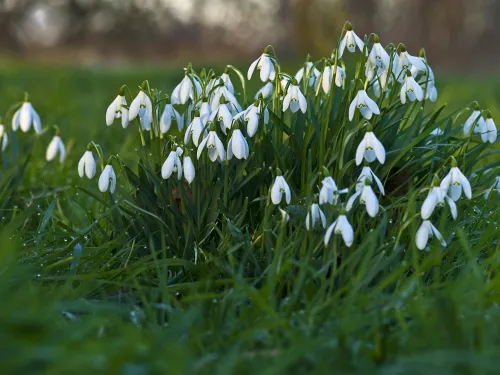
In February, the first British wildflowers are beginning to poke out from the seemingly dormant undergrowth, a sure sign that spring is on the way!
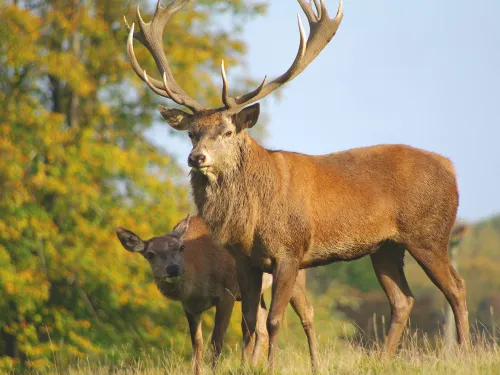
Wild deer are some of the most iconic mammals of the countryside. But what species live in the UK and where?